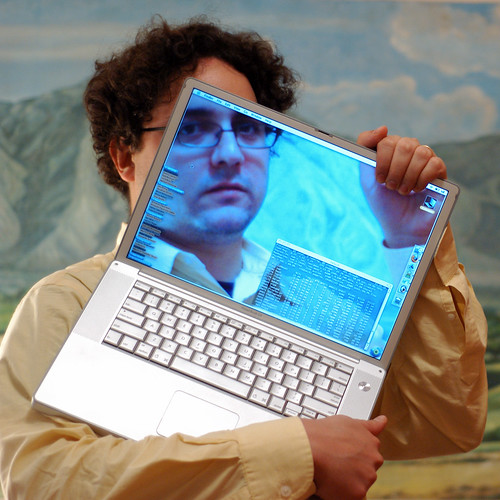Peer review, open access, and transparency. The way it should be…!?
A couple of months ago David Walker asked me to review a paper for a new Academic Journal of which he is one of the editors. He told me it was an open access journal focused on practice and I immediately said yes! I just cannot say no to open access or perspectives on practice. I just can’t! So I became a reviewer of the Journal of Perspectives in Applied Academic Practice.
As I started going through the first paper I had to review, I noticed that the author’s name was disclosed. There was even a short biography about his academic career. I was intrigued, almost shocked, I must confess. I immediately emailed David reporting the “tragedy” of having learnt the name and background of the author whose article I was about to review. David’s answer was something like this:
You didn’t read the guidelines, did you?! ![]()
Cough… well, actually I did, but I went directly to “conducting the review” section, ignoring the opening paragraph of the Reviewers Guidelines. How scholastic of me. So here it is:
Journal of Perspectives in Applied Academic Practice (JPAAP) journal uses open peer review process, meaning that the identities of the authors and those of the reviewers will be made known to each other during the review process in the following way: the reviewers will be fully aware of the name, position and institution of the authors of the manuscript they currently review, and the authors will be given a signed review with the name, position and institution of the reviewer.
I got the shock of my life at first, but then I decided to give it a go. This was the first time I got involved in open peer reviewing and, as I think it’s important to put into practice what we preach, I went for it. Here are some reflective points about the process of conducting an open peer review. I aimed to:
- be on my best behaviour – I made sure I allocated plenty of time to read and digest the paper. I read it several times. I tried to understand and deconstruct it the best way I could, before I submitted the review
- give thorough feedback – I tried to justify every point I made (I think I achieved that better in the second paper I reviewed)
- provide constructive and also friendly feedback – Nothing annoys me more than reviews that are dry and harsh in their comments. I tried to use language that aimed to provide suggestions and stimulate new thinking. I think I still have some work to do in this area, but I hope I’m getting there
- read the paper as it is written, not as I would write it – I think that’s a crucial point in any type of review, but one that is often forgotten. I have felt many times that reviews were made on the assumption that the article should be written in the style and perspective of the reviewer rather than that of the author’s
You may think that this doesn’t differ at all from any review process, and in fact it should not. But the feelings and the thoughts that go through your mind as you disclose your identity to the author are both of vulnerability and commitment to do a good job. [Not much different from the feelings of the author of the article who submits his/her work to you, hey?! So we are on the same boat!]
There is something about the open peer review process. With transparency comes visibility, a more acute sense of responsibility of your role as reviewer and maybe the fact that your reputation is on the line matters too! And that can only be good.
However, I still have unanswered questions that in a sense do show my vulnerability as a reviewer.
- would I feel the same if I knew/have worked with the author whose paper I was reviewing?
- Would I feel comfortable giving them my feedback?
- Would I be influenced or even intimidated by my knowledge of their practice/research?
- Would I be too tough, or too soft, on them?
I guess you can always refuse to review someone’s paper if those feelings arise and you are not comfortable with it… but these questions did come to mind.
As we move towards more open peer reviewing processes, and I hope more initiatives like this start to emerge, I’d like to see more dialogue between the reviewer and the author. So far it’s still a monologue, and since we disclosed identities, could we also open up the discussion? ~ just a thought.

